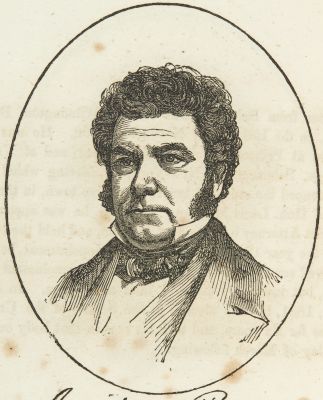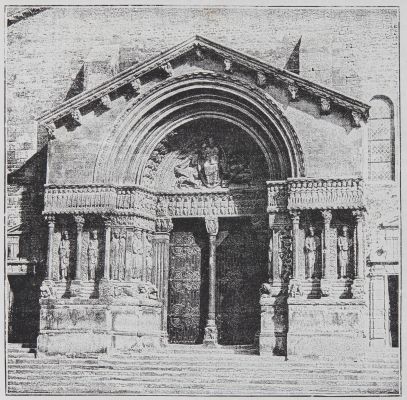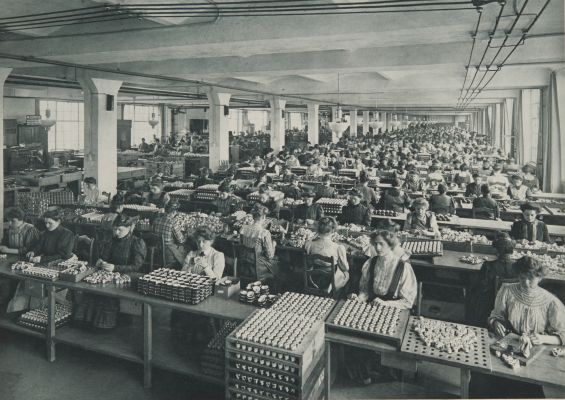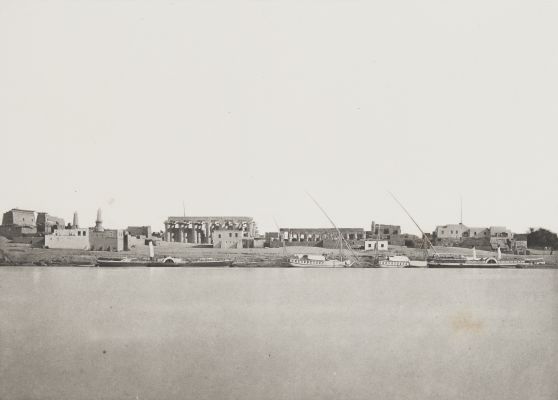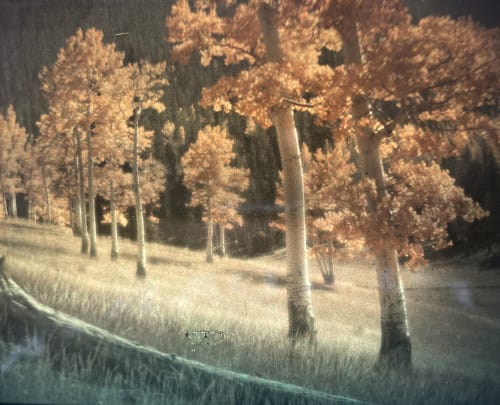
Title
Artist
UnknownDate
1907 caProcess
AutochromeImage Size
8 x 10 cm
The Autochrome Lumière was an early color photography process patented in 1903 by the Lumière brothers in France and first marketed in 1907. Autochrome was an additive color "mosaic screen plate" process. It was the principal color photography process in use before the advent of subtractive color film in the mid-1930s.
Prior to the Lumière brothers, Louis Ducos du Hauron utilized the separation technique to create color images on paper with screen plates, producing natural colors through superimposition, which would become the foundation of all commercial color photography. Descendants of photographer Antoine Lumière, inventors Louis and Auguste Lumière utilized Du Hauron’s (1869) technique, which had already been improved upon by other inventors such as John Joly (1894) and James William McDonough (1896), making it possible to print photographic images in color. One of the most broadly used forms of color photography in the early twentieth century, autochrome was recognized for its aesthetic appeal. [1]
References
[1] wiki

